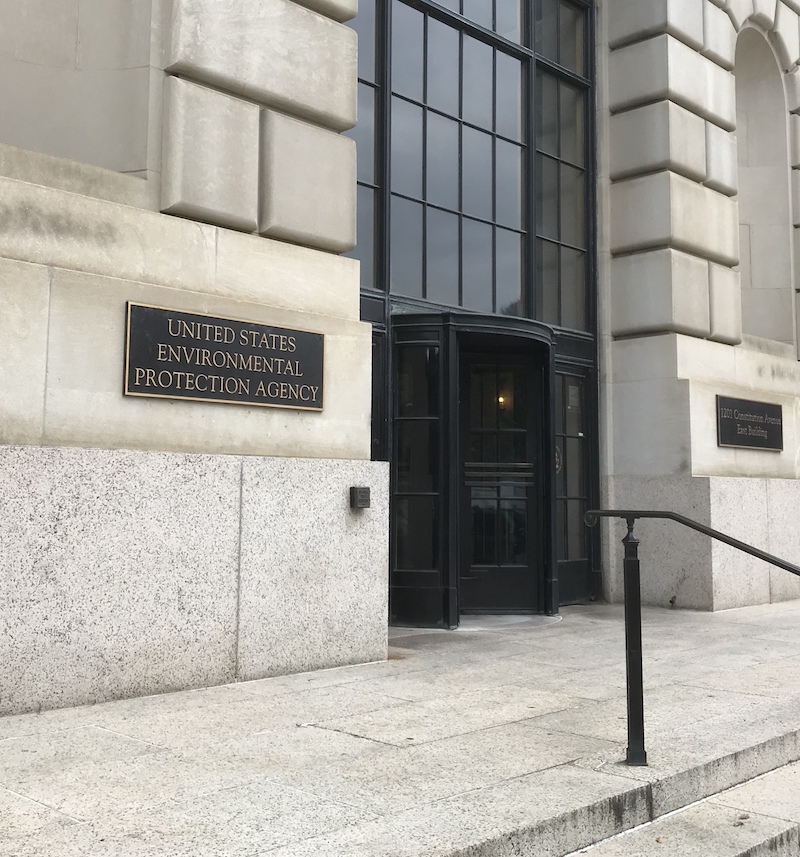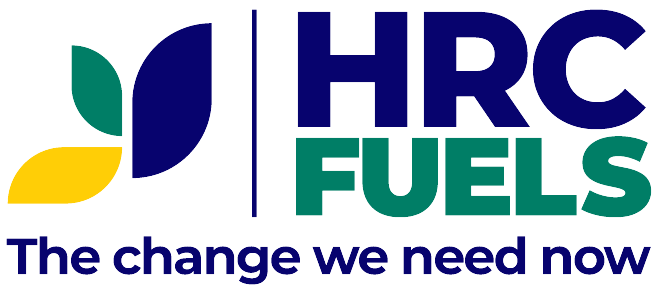
Environmental

MEET THE EPA'S LONG-STANDING GOAL OF DRASTICALLY REDUCING THE TOXICITY OF GASOLINE
“In 1990, Congress passed the Clean Air Act Amendments, which directed the EPA … to reduce the dangerous chemical additives in gasoline, and included a reduction in aromatics due to their already proven health risks. To date, this element of the law has not been enacted”. (from “Gasoline Aromatics – A toxic Brew that Surrounds us All” EESI Nov 7, 2014) because a viable alternative was not available.
Further quoting this article: “The primarily source of gasoline aromatics is naphtha reforming in refineries. The produced reformates are the most toxic, energy inefficient, and expensive gasoline component. While the toxicity of benzene has long been known, the other aromatics found there in are also toxic. More recent research has established the health effects of ultra-fine particles (UFPs) and polycyclic aromatic hydrocarbons (PAHs), products of the incomplete combustion of these gasoline aromatics. These ultra-fines also act as carriers for toxic PAHs, carrying them into soft body tissues and bloodstreams which larger particulates can’t reach.”
With HRC Fuels Technology there is now an economic VIABLE solution to the gasoline toxicity issue. By reducing the aromatic content of gasoline from 20-30 % to 5-7 %, toxicity is significantly reduced. Comparing a typical HRC gasoline to CA LEV III certification fuel, the California Complex Model runs show non-exhaust benzene emissions reduced by 85 %, and Total exhaust toxics reduced by almost 10 %. The authors believe that once the benefits of this toxicity reduction is fully analyzed, the social health effects will be quite impressive.
Click here to return to main Environmental discussion.
